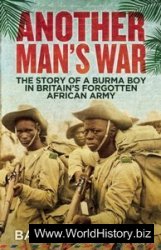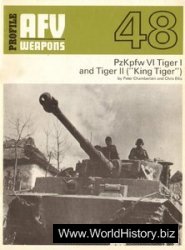The simultaneous availability of both written and archaeological information is a luxury in the study of an early civilization, though each has its own biases. When these two complementary classes of data are used together, it allows a reconstruction of the past fuller and richer than which can be achieved with either body of information alone.
Early written materials from China can be partitioned into three broad classes of information: (1) the original documentation of the time, which includes the divination record on bone and turtle shell and passages cast on bronzes; (2) the oral traditions, legends, and myths recorded in transmitted texts at a later time; and (3) the historical texts started from the first millennium BC. Each of these three classes of information has its own biases; therefore, a critical perspective on the source material is a prerequisite in using the written evidence.
The prevalent traditional perspective based on the written texts is that civilization first developed in the Central Plains of the middle Yellow River valley and diffused into the other regions of modern China like ripples in water. The ripple model, albeit oversimplified, is not without merit. Neolithic archaeology indicates that modern-day China could be partitioned into several historic-cultural regions that each had its own unique characteristics and continuities (see Asia, East: China, Neolithic Cultures). Many of these regions sustained the emergence of complex societies; however, many of these declined and even disappeared altogether prior to the beginning of the Bronze Age during the early second millennium BC. The cultural traditions in the Central Plains, on the contrary, became increasingly complex and supplied the clearest evidences of the emergence of state societies. Moreover, the three distinctive Chinese patterns in kinship, ritual and writing also first became highly developed in the Central Plains. The archaeological findings of recent years supply much information to enrich this model and to help us unravel the complexity of the processes.




 World History
World History









